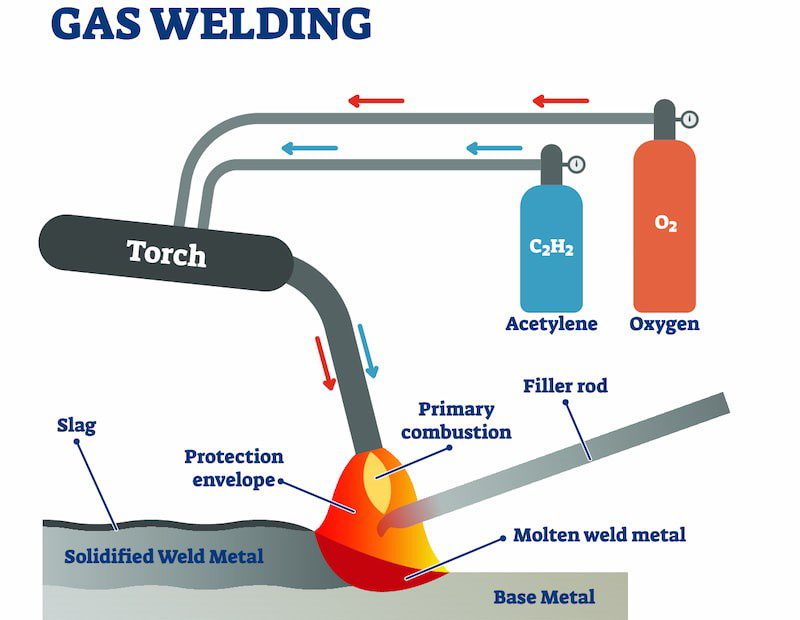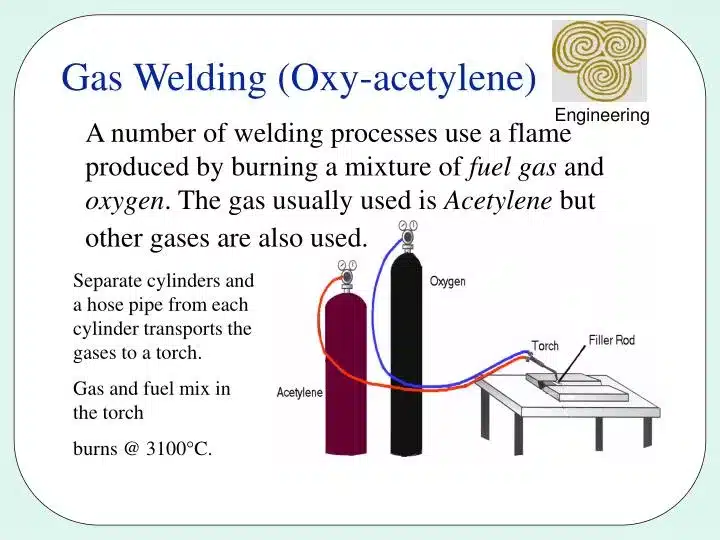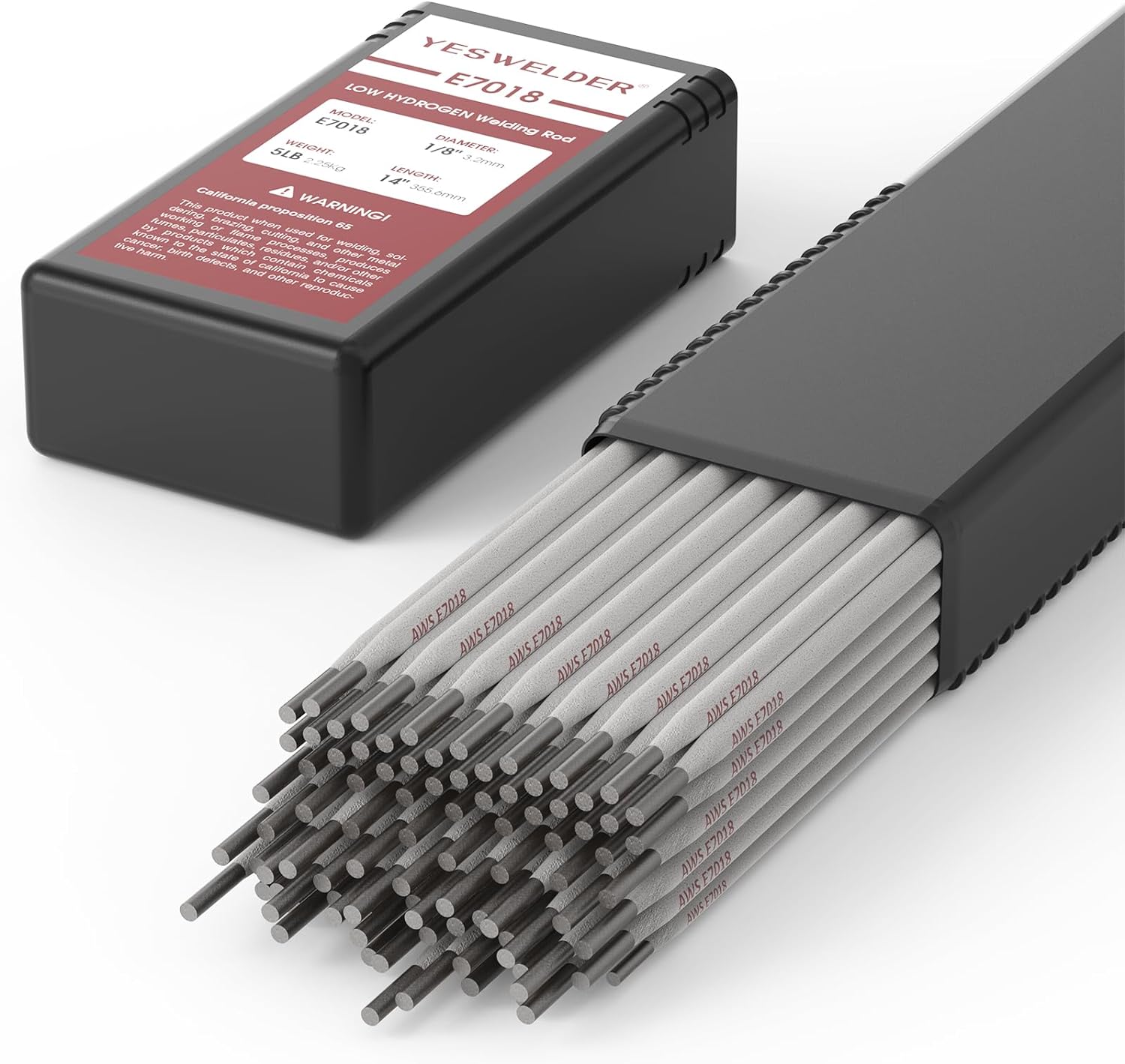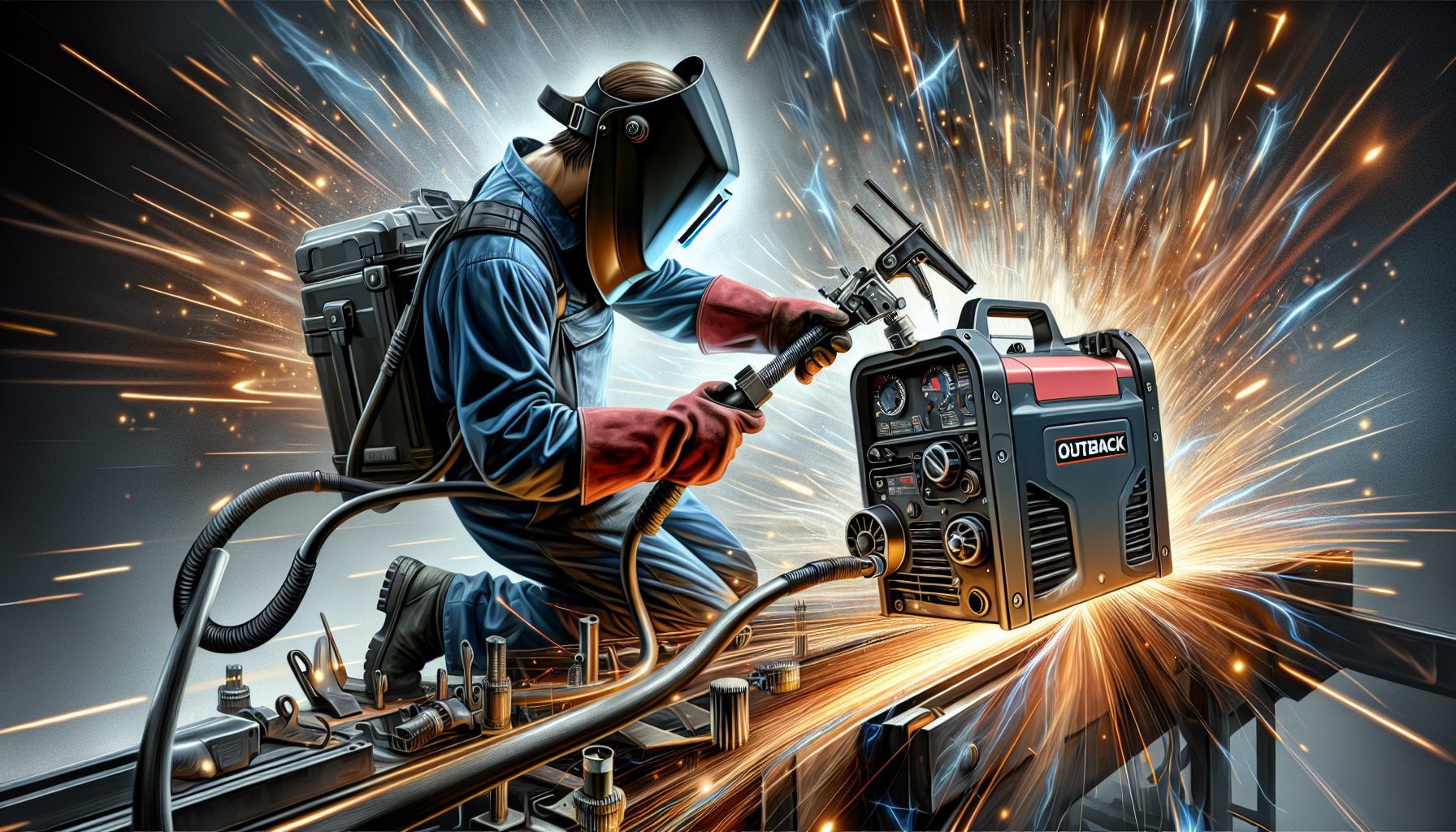Gas plays a crucial role in the world of welding, facilitating the joining of metals with precision and strength. Utilized as a shielding agent, it creates a protective atmosphere around the welding arc, ensuring that the molten metal remains uncontaminated by impurities present in the surrounding air. By preventing oxidation and shielding the weld pool, gas enables cleaner and higher quality welds. Additionally, certain gases can have unique properties that enhance the welding process further, such as increasing the stability of the arc or improving the overall penetration. In this article, we will explore the various gases used in welding and delve into their individual roles, highlighting the vital contribution they make to the art of joining metals.
Introduction
In the world of metal fabrication, welding is a fundamental process that joins two or more pieces of metal together. It is a technique that requires precision and skill, and plays a crucial role in various industries, such as construction, automotive, and manufacturing. But have you ever wondered why gas is an essential component in the welding process? Gas serves multiple purposes and is crucial for creating strong and durable welds. In this article, we will delve into the significance of gas in welding, the different types of welding, and the role that various gases play in the process.
Understanding Welding
Definition of welding
Welding is a technique that involves joining two or more metal pieces together by melting the edges and then allowing them to cool and solidify. It is a versatile process that can be used to create permanent connections between a wide range of metals, including steel, aluminum, and stainless steel. Welding is widely employed in industries that require the fabrication of structures, equipment, and machinery.
Purpose of welding
The primary purpose of welding is to create strong and durable joints between metal pieces. These joints must be able to withstand various forces, including tension, compression, and shear. Welding provides a reliable method for creating these joints, allowing for the creation of complex and intricate structures that would be difficult or impossible to achieve with other joining methods.
Types of welding
There are various types of welding techniques, each suited for different applications and materials. Some common types include:
- Tungsten Inert Gas (TIG) Welding: Uses a non-consumable tungsten electrode and inert gas shield to create precise and high-quality welds.
- Metal Inert Gas (MIG) Welding: Utilizes a consumable wire electrode and an inert gas shield for quicker and more efficient welding.
- Shielded Metal Arc Welding (SMAW): Uses a flux-coated electrode that melts during the welding process, creating a shield around the weld.
- Flux-Cored Arc Welding (FCAW): Similar to MIG welding, but uses a tubular wire filled with flux to protect the weld from atmospheric contamination.
Each type of welding has its advantages and disadvantages, and the choice of technique depends on factors such as the type of metals being joined, the desired quality of the weld, and the specific application.
Gas in Welding
Importance of gas in welding
Gas plays a crucial role in the welding process by serving three main purposes: shielding, arc stability, and heat transfer. In most welding techniques, an inert gas or a mixture of gases is used to create a protective atmosphere around the molten metal. This shielding gas prevents the weld from being contaminated by atmospheric gases, such as oxygen and nitrogen, which can lead to inferior weld quality.
Types of gases used in welding
Different types of gases are utilized in welding, depending on the specific requirements of the application. Here are a few commonly used gases:
- Argon: An inert gas frequently employed in TIG and MIG welding. It provides excellent shielding and helps create clean and precise welds.
- Helium: Often used in combination with argon to improve heat penetration and increase welding speed.
- Carbon Dioxide (CO2): Utilized in MIG welding as an active gas, enhancing the heat transfer and providing deeper penetration.
- Oxygen: Sometimes added to the shielding gas mixture to improve arc stability and control the quality of the weld pool.
The choice of gas or gas mixture depends on factors such as the type of metal being welded, the desired weld penetration, and the welding technique being employed.
Shielding Gases
Definition of shielding gases
Shielding gases are used in welding to create an environment that shields the molten metal from the surrounding atmosphere. These gases protect the weld area from the detrimental effects of oxygen, nitrogen, and other atmospheric gases, ensuring the quality and integrity of the weld.
Role of shielding gases in welding
The primary role of shielding gases is to prevent the formation of oxide and nitride films on the surface of the weld. These films can weaken the weld and reduce its corrosion resistance. Shielding gases also help control the heat of the weld, improve arc stability, and facilitate the removal of impurities and contaminants from the molten metal.
Common shielding gases used
The choice of shielding gas depends on the specific welding process, the type of metal being welded, and the desired characteristics of the weld. Some commonly used shielding gases include:
- Argon: Widely used in TIG welding and provides excellent protection against atmospheric contamination.
- Helium: Often used in combination with argon to enhance weld penetration and increase welding speed.
- Carbon Dioxide (CO2): Commonly used in MIG welding as an active gas, providing deeper penetration and improved weld quality.
The selection of the appropriate shielding gas is crucial to ensure the desired weld quality, and it should be carefully chosen based on the specific requirements of the welding application.
Arc Gases
Definition of arc gases
Arc gases are used in welding to stabilize the electrical arc between the electrode and the workpiece. These gases help maintain a consistent and stable arc length, allowing for precise control of the welding process.
Role of arc gases in welding
The role of arc gases is twofold. Firstly, they help minimize the risk of arc instability, which can lead to weld defects such as spatter and poor fusion. Secondly, arc gases also influence the transfer of heat to the workpiece, affecting the overall weld quality and characteristics.
Common arc gases used
Different types of arc gases are employed in welding, depending on the specific requirements of the process. Some commonly used arc gases include:
- Argon: Frequently utilized as an arc gas in TIG welding to stabilize the arc and provide a clean and stable welding environment.
- Helium: Often combined with argon to increase heat transfer and produce a hotter arc.
- Carbon Dioxide (CO2): Used as an arc gas in certain welding processes, such as CO2 laser welding, to improve the stability and quality of the arc.
The choice of arc gas depends on factors such as the welding technique, the type of metal being welded, and the desired characteristics of the weld.
Fuel Gases
Definition of fuel gases
Fuel gases are used in certain welding techniques as a source of heat for melting the metal and creating the weld. These gases provide the necessary energy for the welding process and play a crucial role in achieving the desired weld quality.
Role of fuel gases in welding
The primary role of fuel gases is to act as a heat source during the welding process. These gases undergo combustion, producing a high-temperature flame that melts the metal being welded. Fuel gases also contribute to the chemical reaction that occurs between the electrode, the workpiece, and the shielding gases, influencing the overall weld quality and characteristics.
Common fuel gases used
Different types of fuel gases are used in welding, depending on the specific requirements of the process. Some commonly used fuel gases include:
- Acetylene: A versatile fuel gas that produces a high-temperature flame, making it suitable for various welding applications.
- Propane: Often used in oxy-fuel welding and cutting processes due to its high heat output and portability.
- Natural Gas: Utilized in certain welding applications for its clean burning properties and availability.
The choice of fuel gas depends on factors such as the welding technique, the type of metal being welded, and the specific requirements of the welding application.
Oxidizing and Reducing Gases
Definition of oxidizing and reducing gases
Oxidizing gases and reducing gases are two types of gases that can be present in the welding environment. Oxidizing gases contain excess oxygen or other oxidizing agents, while reducing gases have a higher concentration of reducing agents such as hydrogen or carbon monoxide.
Role of oxidizing and reducing gases in welding
Oxidizing gases can have a detrimental effect on the weld by promoting the formation of oxides, which can weaken the weld and reduce its corrosion resistance. On the other hand, reducing gases can help remove oxides and prevent their formation, resulting in a cleaner and higher-quality weld.
Effects on the weld
The presence of oxidizing or reducing gases in the welding environment can have a significant impact on the weld quality. Oxidizing gases can lead to the formation of porosity, cracks, and other defects in the weld. Conversely, reducing gases can assist in the removal of impurities and contaminants, resulting in a stronger and more reliable weld.
Proper control and management of oxidizing and reducing gases are essential to ensure the desired weld quality and integrity.
Gas Cylinder Storage and Handling
Best practices for gas cylinder storage
Proper storage of gas cylinders is crucial to ensure the safety of both the welder and the workplace. Here are some best practices for gas cylinder storage:
- Store gas cylinders in a well-ventilated area that is free from flammable materials and potential ignition sources.
- Keep cylinders upright and secured to prevent tipping or falling.
- Separate full and empty cylinders to avoid confusion and potential hazards.
- Store cylinders away from high-traffic areas and in a designated storage area to prevent accidental damage.
- Regularly inspect cylinders for signs of damage, such as corrosion or leakage.
Following these best practices can help minimize the risk of accidents and ensure the safe storage of gas cylinders.
Importance of proper handling and use of gas cylinders
The proper handling and use of gas cylinders are crucial for the safety of the welder and the surrounding environment. Mishandling or improper use of gas cylinders can result in leaks, fires, explosions, or other hazardous incidents.
It is essential to follow manufacturer guidelines and industry best practices when handling gas cylinders. Some general guidelines include:
- Use appropriate personal protective equipment (PPE) when handling gas cylinders, such as gloves and safety glasses.
- Ensure proper connections are made between the cylinder, regulator, and welding equipment.
- Open cylinder valves slowly and with caution to prevent sudden releases of gas.
- Regularly inspect equipment for signs of wear or damage and address any issues immediately.
- Never tamper with or modify gas cylinders.
By adhering to these guidelines, welders can safely handle and use gas cylinders, minimizing the risk of accidents and ensuring a safe working environment.
Safety precautions for gas cylinder handling
To ensure the safe handling of gas cylinders, it is crucial to take certain safety precautions:
- Store cylinders in an upright position and secure them to prevent tipping or falling.
- Keep cylinders away from open flames, sparks, or heat sources to avoid the risk of fire or explosion.
- Use proper lifting techniques and equipment when moving or transporting gas cylinders to prevent injuries.
- Never roll or drag cylinders, as this can damage the valve and increase the risk of leaks.
- Never attempt to refill or modify gas cylinders yourself; leave these tasks to qualified professionals.
Following these safety precautions can help protect the welder, the workplace, and the environment from potential hazards associated with gas cylinder handling.
Alternative Welding Techniques
Gasless welding
Gasless welding, also known as flux-cored arc welding (FCAW), is an alternative technique that eliminates the need for external shielding gases. Instead, a tubular flux-cored wire is used, which contains compounds that release gases upon heating, creating a shield around the arc and the weld pool.
Advantages and disadvantages of gasless welding
Gasless welding offers several advantages, including:
- Portability: The absence of gas cylinders makes gasless welding more portable and convenient, especially in remote or outdoor locations.
- Cost savings: Gasless welding eliminates the need for shielding gases, resulting in cost savings over traditional welding methods.
- Versatility: Gasless welding can be used for both thick and thin materials, making it suitable for a wide range of applications.
However, gasless welding does have some disadvantages to consider:
- Limited weld quality: The absence of shielding gases can result in increased porosity, slag inclusions, and decreased weld strength.
- Environmental impact: The flux used in gasless welding may emit harmful fumes and particulate matter, requiring adequate ventilation or personal protective equipment.
Impact on gas usage in welding
While gasless welding offers certain advantages, it is not a suitable replacement for all welding applications. Traditional welding techniques that require shielding gases, such as TIG and MIG welding, still provide superior weld quality and control. Gasless welding is often used as a convenient and cost-effective alternative in specific situations but does not significantly impact the overall usage of gases in welding.
Conclusion
Gas is a crucial component in the welding process, serving various purposes such as shielding, arc stability, and heat transfer. The choice of gas, whether it is a shielding gas, arc gas, or fuel gas, depends on factors such as the welding technique, the type of metals being welded, and the desired weld characteristics. Proper storage, handling, and use of gas cylinders are essential to ensure the safety of both the welder and the workplace. While gasless welding offers certain advantages, it is not a viable replacement for all applications and does not significantly affect the overall usage of gases in welding. Understanding the role of gas in welding is essential for achieving high-quality and reliable welds in various industries.







































